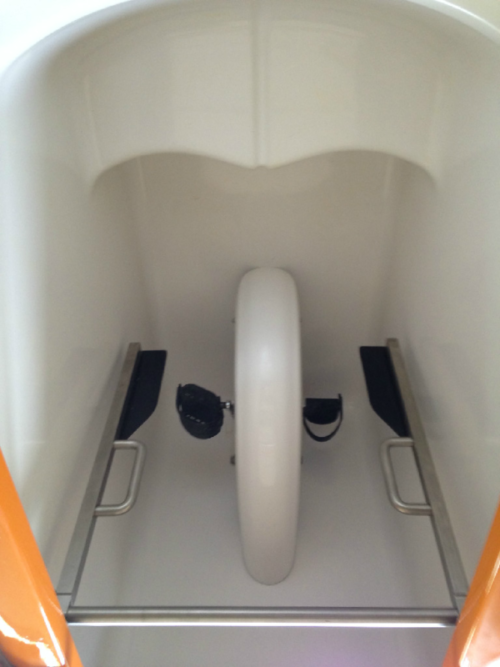Clinical Research
Assessing the Impact of Exercise Intervention on Functional Status and Quality of Life Among Patients with Osteoarthritis, Rheumatoid Arthritis or Fibromyalgia.
Abstract
Background:
Arthritis is a leading cause of disability among adults. Understanding the health status of patients and actively working to provide interventions that address their needs may improve health as well as increase patient quality of life.
Methods:
Functional status was assessed through modified Arthritis Impact Measurement Scale (AIMS) questionnaires completed by the patient upon entry into the program. In addition, measurements of strength, range of motion (ROM), and subjective pain level were recorded by clinicians at baseline and 3 and 6 months.
Functional status was assessed through modified Arthritis Impact Measurement Scale (AIMS) questionnaires completed by the patient upon entry into the program. In addition, measurements of strength, range of motion (ROM), and subjective pain level were recorded by clinicians at baseline and 3 and 6 months.
Objective:
To assess the impact of an exercise intervention program on functional status and quality of life among 160 patients with osteoarthritis, rheumatoid arthritis, or fibromyalgia.
Results:
Characteristics of the 160 patients evaluated between November 1999 and July 2001, include 85.6% female, 14.4% male, with a median age of 57.98 years (range 20-80). Analyses of objective measurements results indicate an increase in quality of life/functional status (10.3%), strength (8%), and ROM (9.1% ) from baseline to post-intervention. Patients also experienced a decrease in pain level (-11.5%). One hundred and eight patients completed subjective quality of life surveys. Patient survey results demonstrated reduction of pain, improvement in functional ability, and decreased need for related medication subsequent to the exercise intervention.

Conclusions:
An appropriate exercise intervention program appears to favorably impact functional status and quality of life among this population.
